Do you know when you're going to die? Your iPhone or iPad does.
That's the premise behind Death Mask, an experimental app developed by Or Fleisher and Anastasis Germanidis.
The experiment is influenced by death masks, sculptures cast from people's faces that, in some cultures, are meant to symbolize death. The app uses ARKit to generate a virtual sculpture and predicted life expectancy over the subject's head.
To estimate life expectancy, the app uses the CoreML platform to scan the subject's face in real time and evaluate it based on the AgeNet machine learning model. The AgeNet model divides an image into smaller features and applies filters to identify facial contours. This process trains the model to predict the age of the subject.
Alas, the output does not actually represent an accurate estimate of life expectancy.
"The main intention behind the development of this experiment was to investigate how can public data be used in augmented reality experiences in the age of deep learning," said Fleisher. "These kinds of techniques are used quite often 'behind the scenes' in many applications we already use, and so another aspect of this is to surface the use of deep learning in popular applications and perhaps encourage more discussion around it."
Despite its status as an experiment and not a publicly available app, Death Mask does demonstrate the potential for marrying augmented reality with computer vision in building compelling experiences. Maybe it doesn't make its way into, say, an app for life insurance companies to estimate what premiums you would need to pay. But consider how popular Microsoft's #HowOldRobot was, then transfer that experience to AR, and it immediately becomes clear that this kind of app could provide hours of entertainment for users and their social media followers.
- Follow Next Reality on Facebook, Twitter, and YouTube
- Sign up for our new Next Reality newsletter
- Follow WonderHowTo on Facebook, Twitter, Pinterest, and Google+
Cover image via Or Fleisher/YouTube





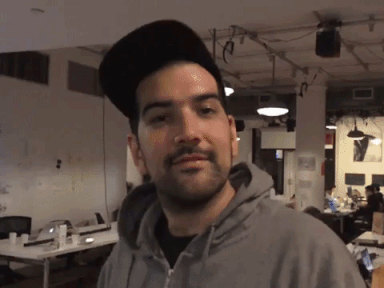





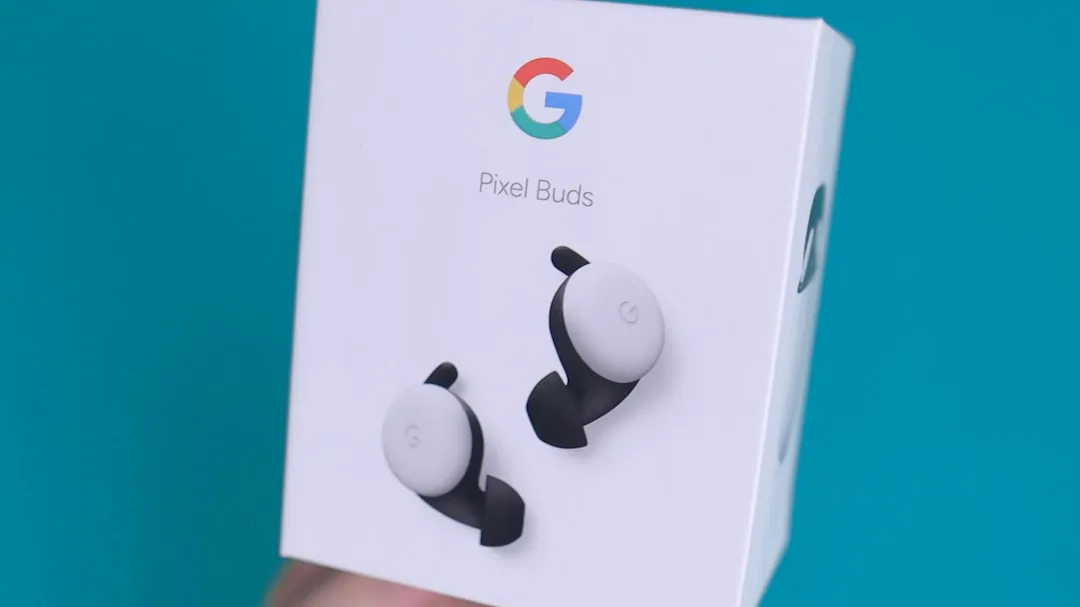


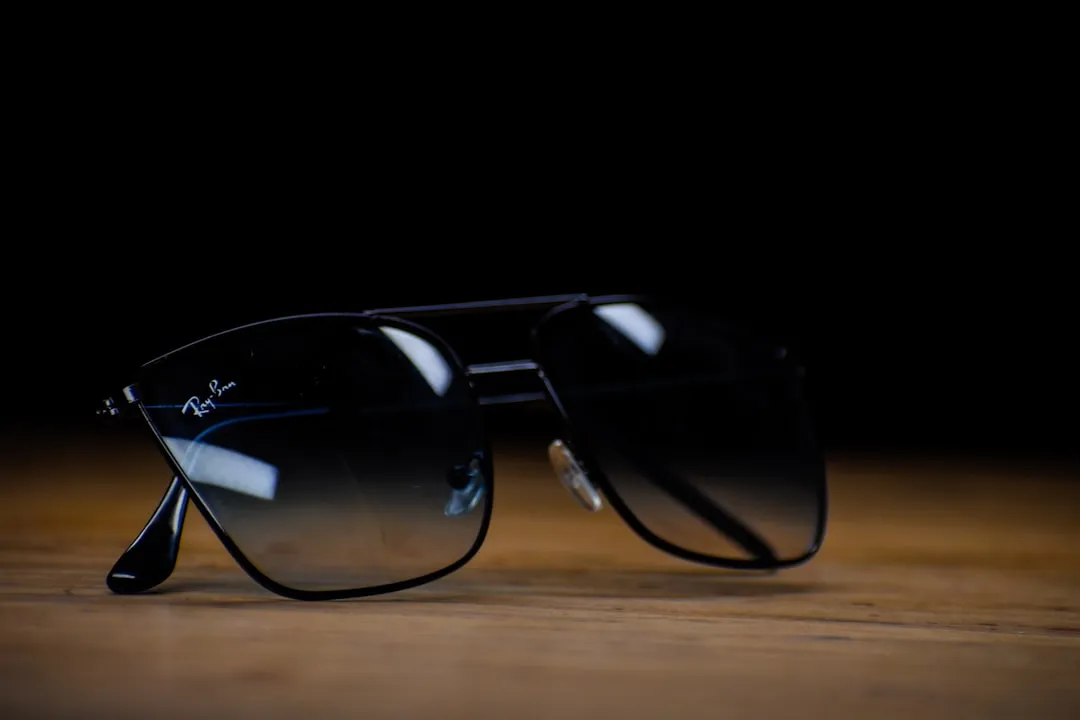
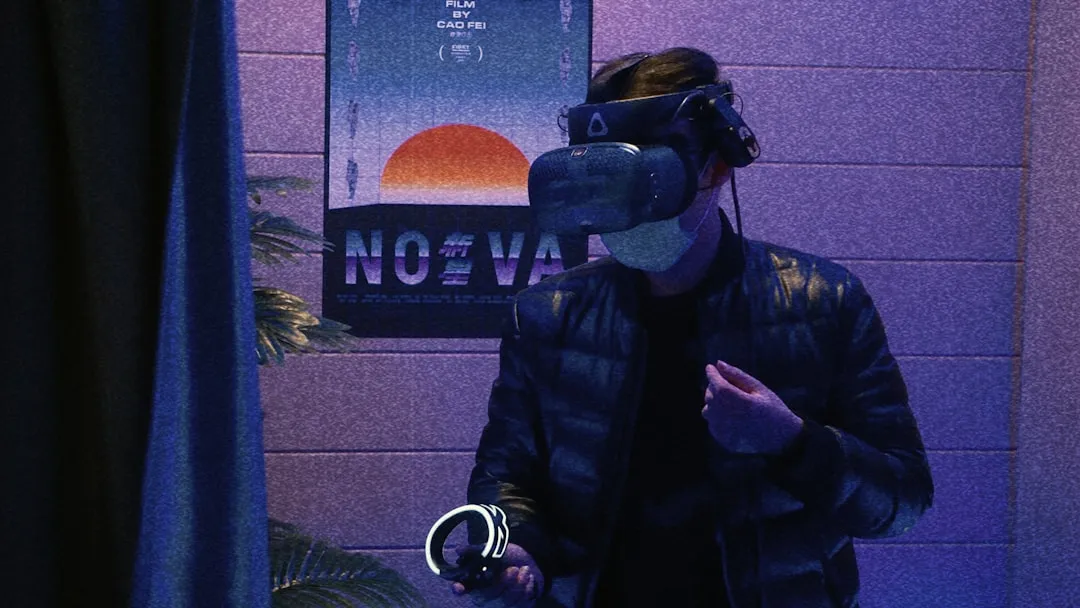
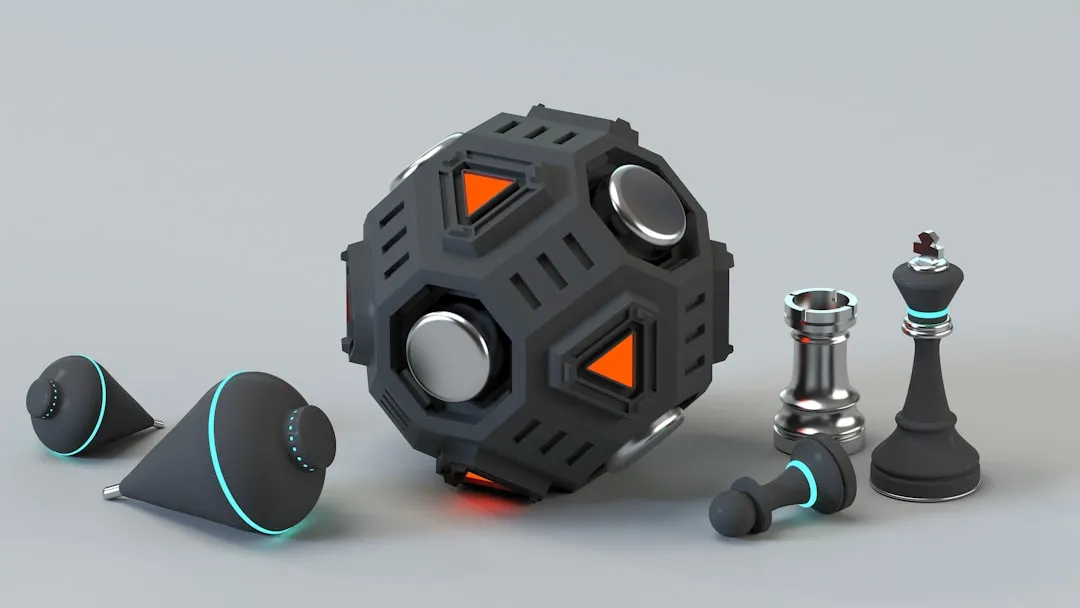


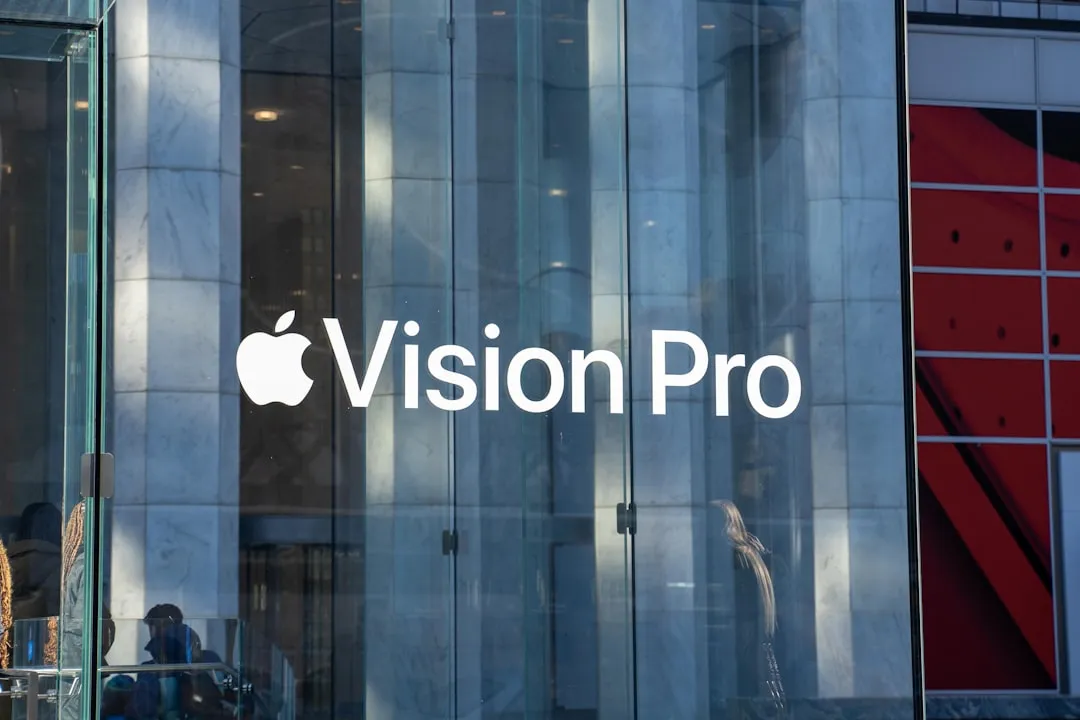
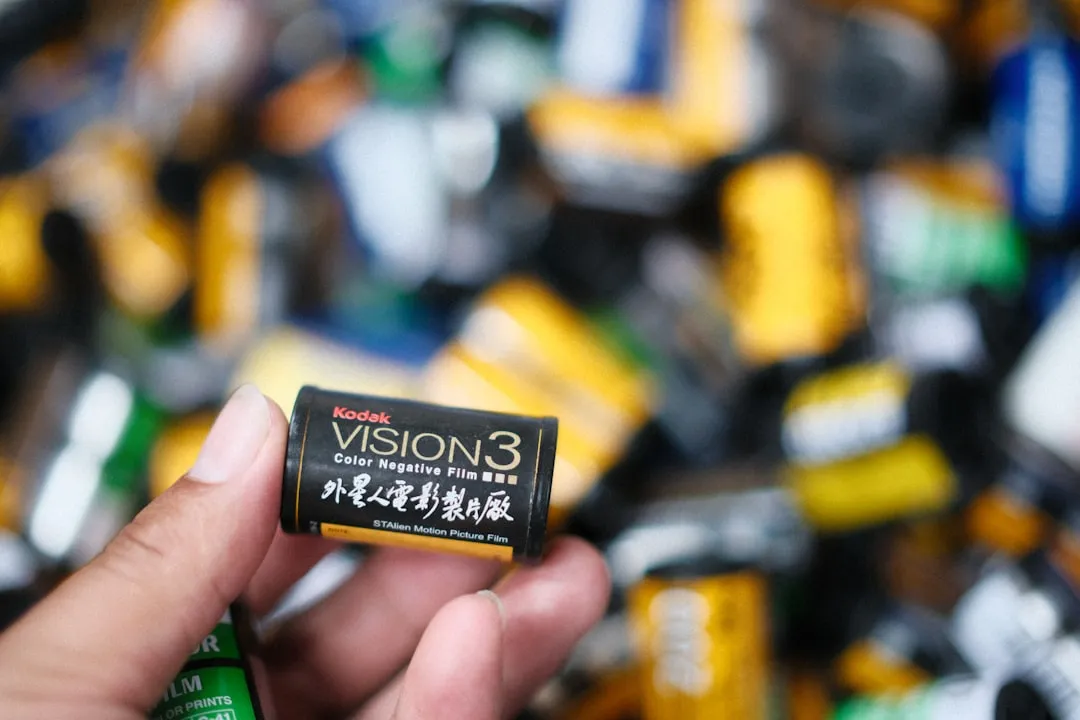
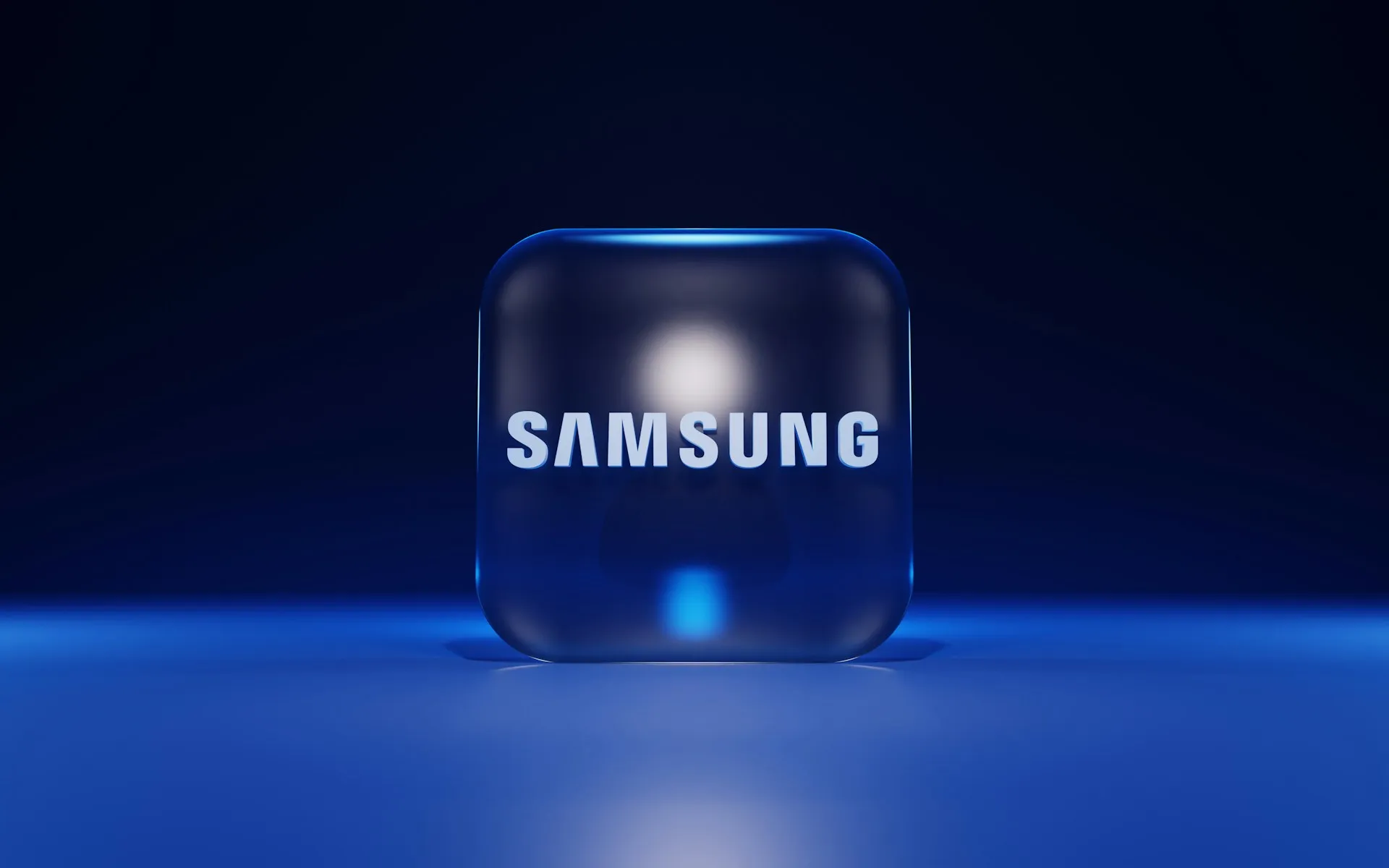

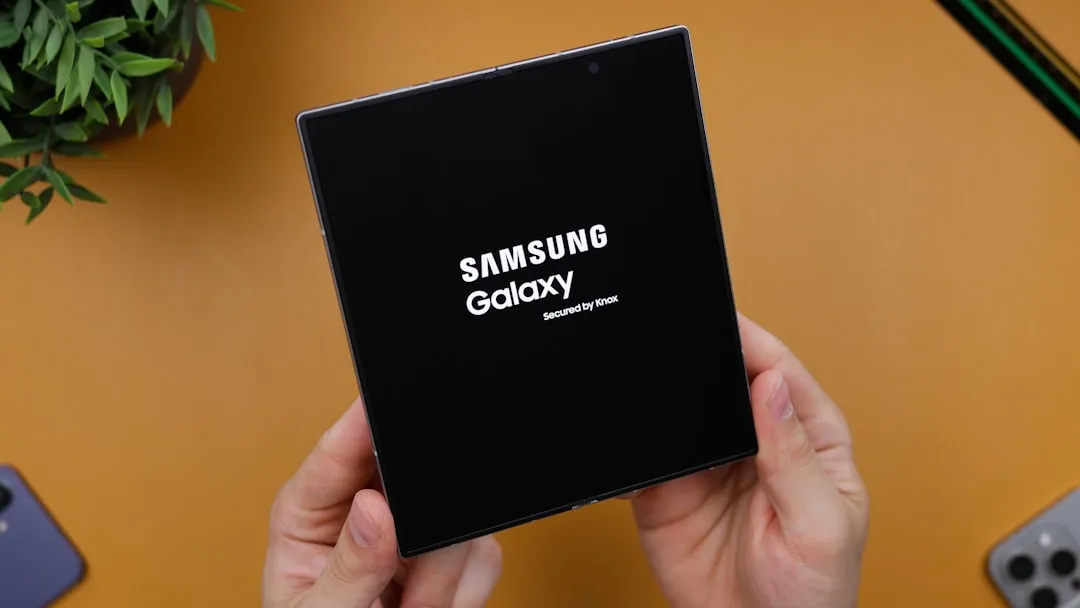

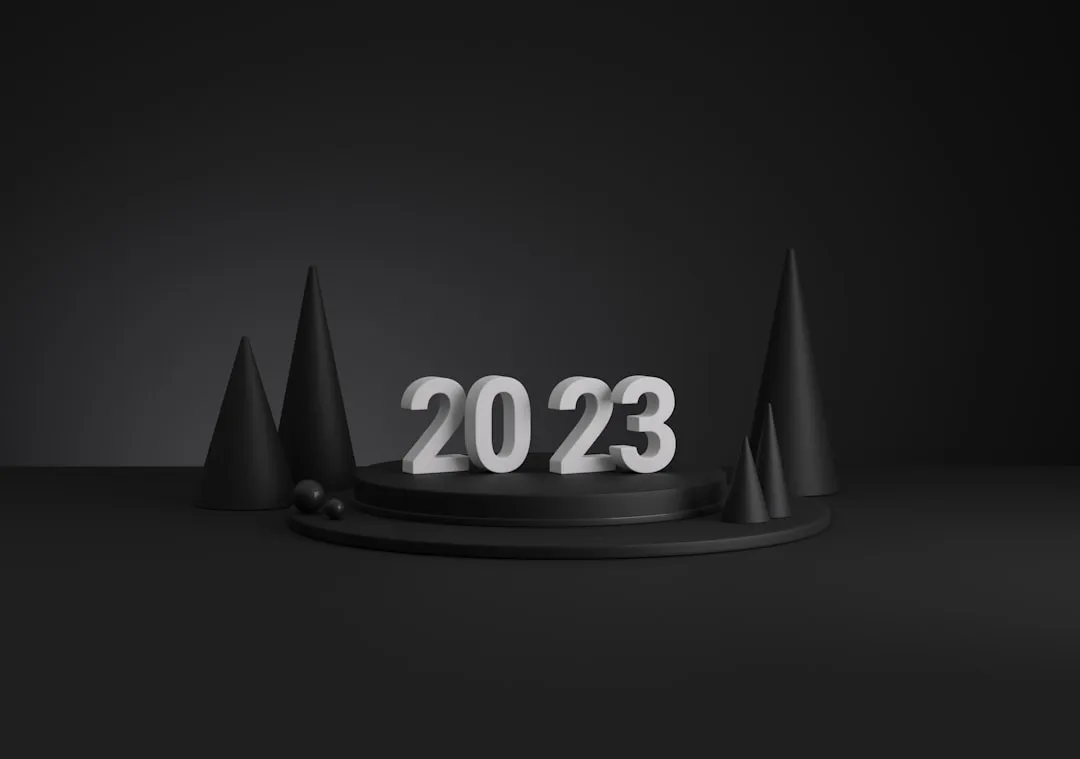
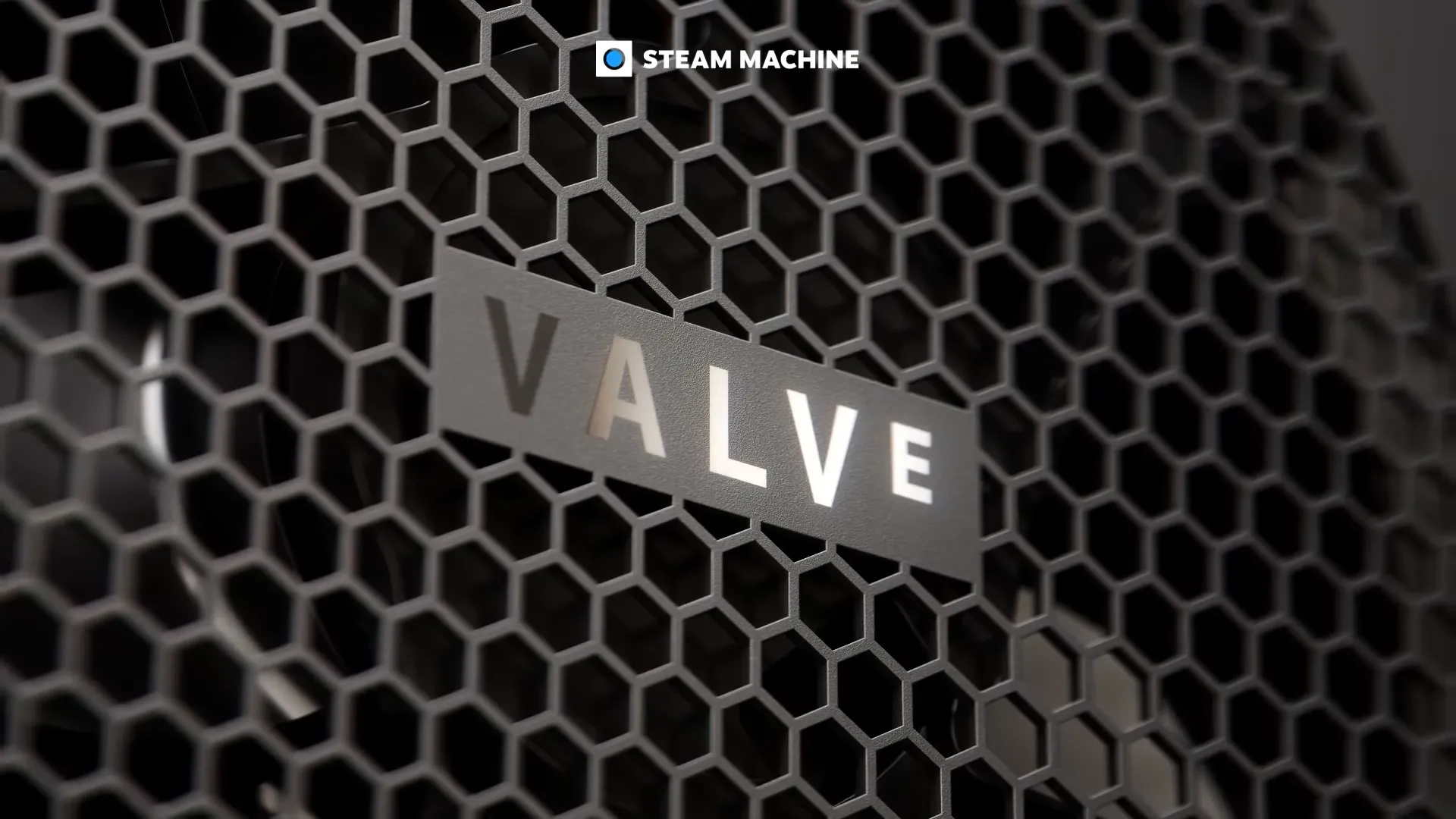

Comments
Be the first, drop a comment!